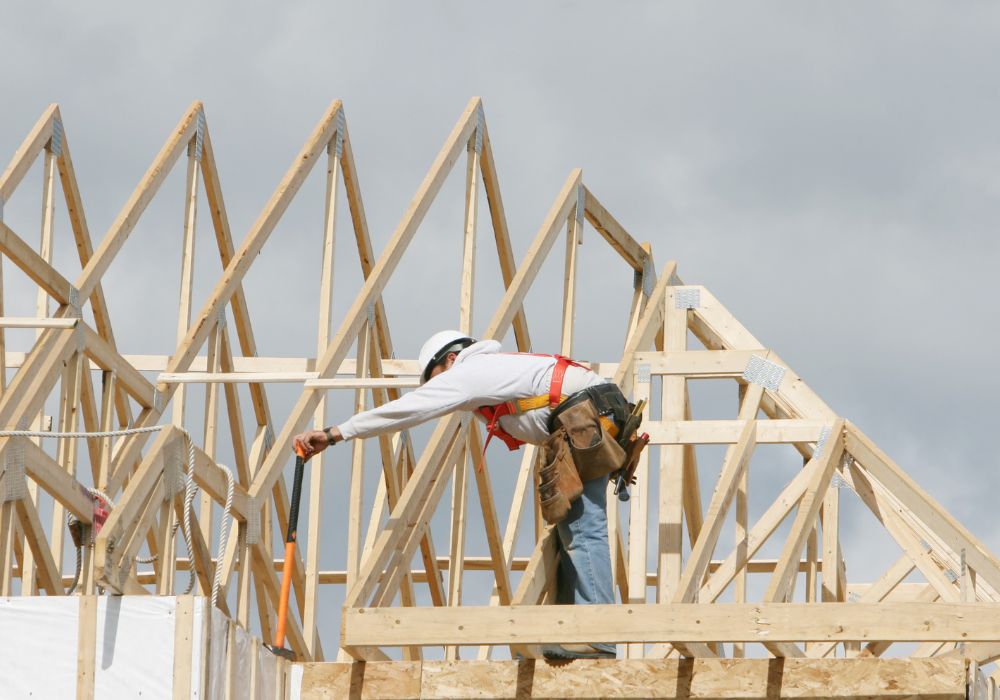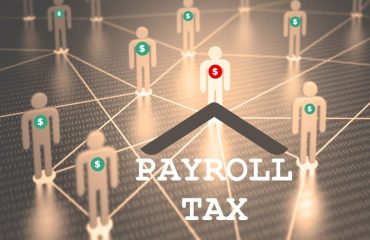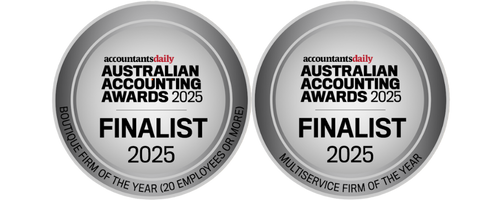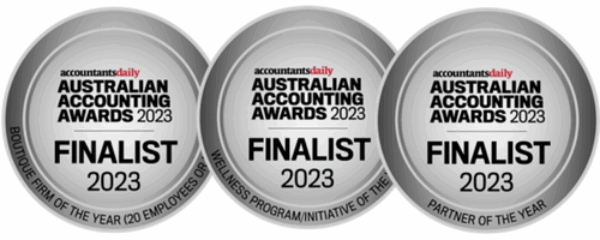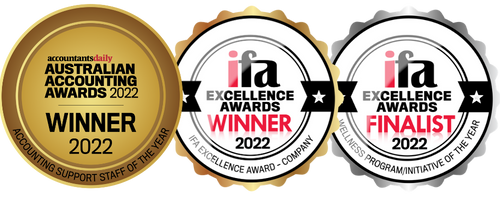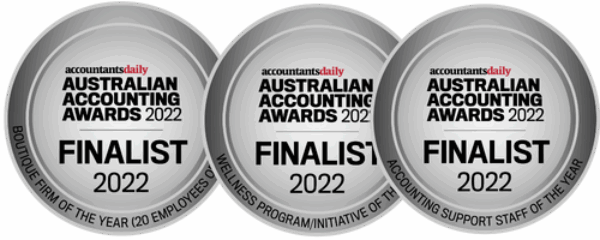By now you would have heard about the asset class Build to Rent (BTR), which is a relative newcomer to the Queensland market. What does it entail, what are the benefits, and, of course what are some of the current tax considerations relevant for developers.
What is it and what are the benefits?
In Australia, 32% of households are currently renting, significantly more than 23 years ago, when renters only represented about 21% of households. And you cannot go a week without the topic of a rental crisis flooding media stories. I guess they needed another good news story post covid.
Well-established in the United Kingdom and United States housing markets, the BTR sector in Australia has emerged in recent times as a dynamic and rapidly growing segment of the real estate market. This innovative approach to housing focuses on purpose-built, professionally managed rental properties designed to offer long-term stability and quality living for tenants. With a strong demand for rental housing options and an increasing preference for flexibility among urban Australians, the build-to-rent sector has gained significant momentum. Developers and investors are increasingly recognising the potential of this model, which offers modern amenities, communal spaces, and a higher level of service compared to traditional rental properties. The sector is seen as a promising solution to address affordability issues, promote sustainable communities, and reshape the country’s rental market, ultimately providing residents with an attractive and viable alternative to homeownership.
One of the barriers to investment in BTR properties has been the unfavourable tax treatment for developers to embrace this investment. This includes the inability to claim input tax credits for GST purposes, which effectively adds 10% to acquisition, construction and operating costs of build-to-rent properties. In addition, there are higher stamp duty and land tax costs for foreign investors, which has created a situation that many of the proposed developments haven’t passed the feasibility stage of the project.
If the BTR market is to be the saviour in the current housing crisis, how are these limitations being addressed by the state and national government to make it more favourable to developers to invest?
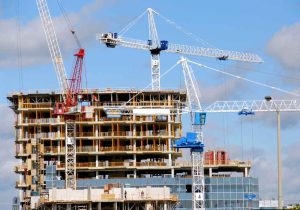
Tax Considerations
From a GST perspective, rental income from residential accommodation is input taxed, and as such the ATO has justifiably legislated that there isn’t an ability to claim input tax credits for GST purposes on the acquisition, construction, and operating costs for the developers.
There doesn’t appear to be any immediate government review on the horizon, however, it’s worth noting that the concept of “commercial residential premises,” often referred to as CommRes, has gained significance in the context of build-to-rent projects.
For qualifying premises, CommRes status can mean:
– reduced GST costs
– fewer Foreign Investment Review Board (FIRB) costs and restrictions
– lower Managed Investment Trust (MIT) withholding tax rates
– no state-based foreign investor surcharges.
The term first applied to GST legislation, and includes hotel, motel, inn, hostel, boarding house, caravan park or camping ground. Critically, it also includes “anything similar to” these types of premises.
While the term expressly excludes student accommodation connected to an education institution other than a school, cases and public rulings have subsequently confirmed CommRes premises may include PBSA (similar to hostels) and serviced apartments (similar to hotels).
In Queensland 35% of the population are renters, and the state government has announced incentives applying to build-to-rent properties that contain at least 10% of rental dwellings as affordable housing. The current incentives comprise of:
1. 50% reduction in land tax for up to 20 years
2. An exemption from the foreign investor land tax surcharge of 2% for up to 20 years
3. An exemption from additional foreign acquirer duty of 7% for the transfer of an existing build-to-rent property, or the transfer of a property on which a build-to-rent development will be completed by 30 June 2030.
The commencement date for the incentives is 1 July 2023, and there are some additional requirements for the incentives to be applied. On top of these incentives, and part of the Queensland Government’s expanded $2 billion Housing Investment Fund to drive investment in social and affordable housing in Queensland the Queensland government also confirmed their Build-to-Rent Pilot Project. 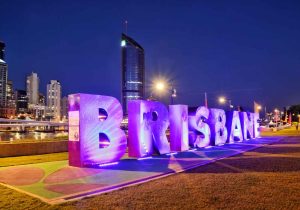
The properties that were on the initial approval were:
– Frasers Property at 210 Brunswick Street, Fortitude Valley
– Mirvac at 60 Skyring Terrace, Newstead
– Cedar Pacific at 50 Quay Street, Brisbane.
Combined, these properties will offer approximately 1200 rental apartments, including up to 490 dwellings to be provided at a discounted rent.
In its early stages, the BTR sector has an interesting and significant place in the market. It holds the potential to bring about substantial advancements in property solutions and represents a lucrative opportunity for investors.
For further discussions or advice in relation to property development projects please contact our office on 07 3221 5677, enquiries@walshs.com.au or book a meeting HERE.
By Tim Reece – Walshs Client Manager
